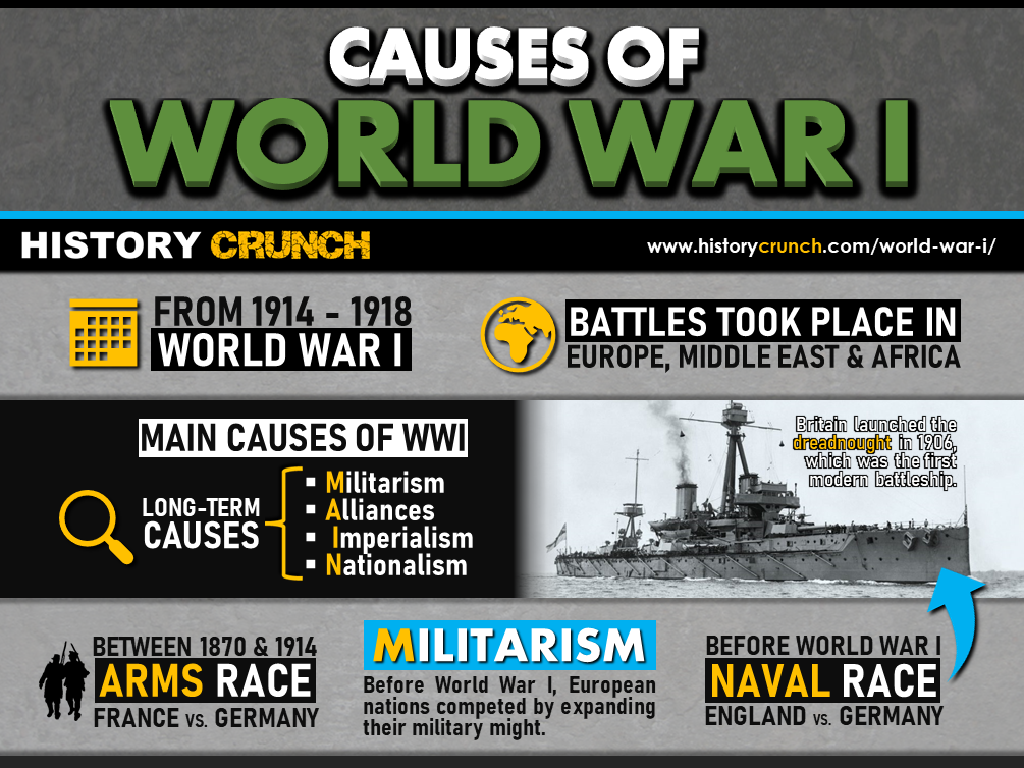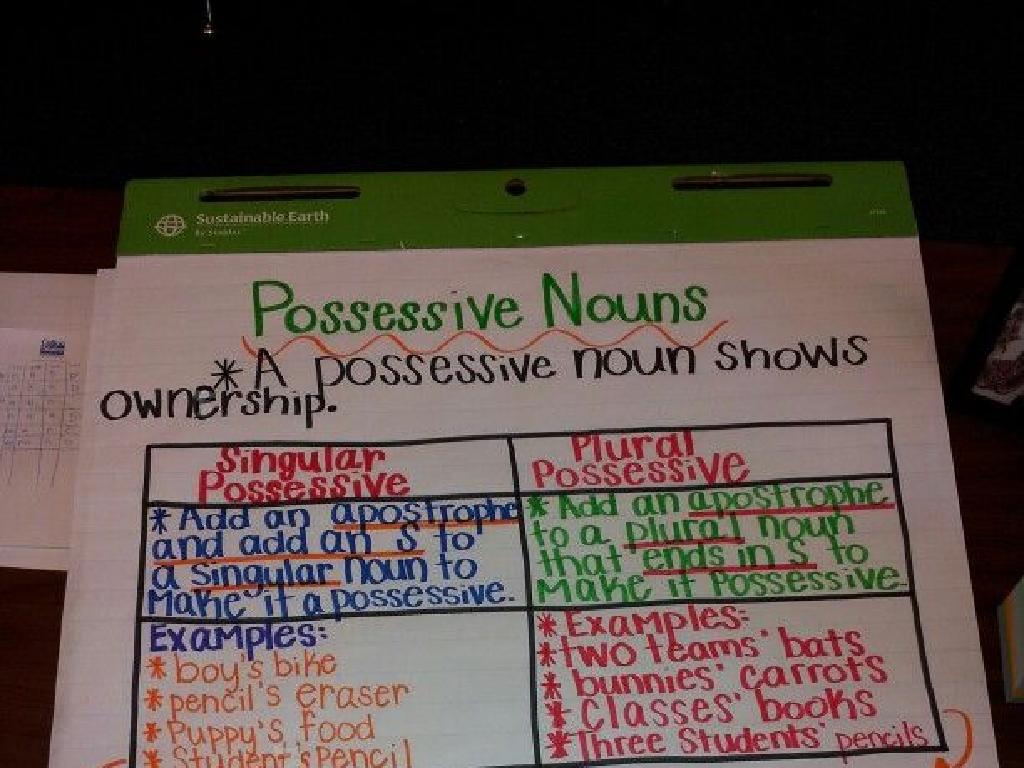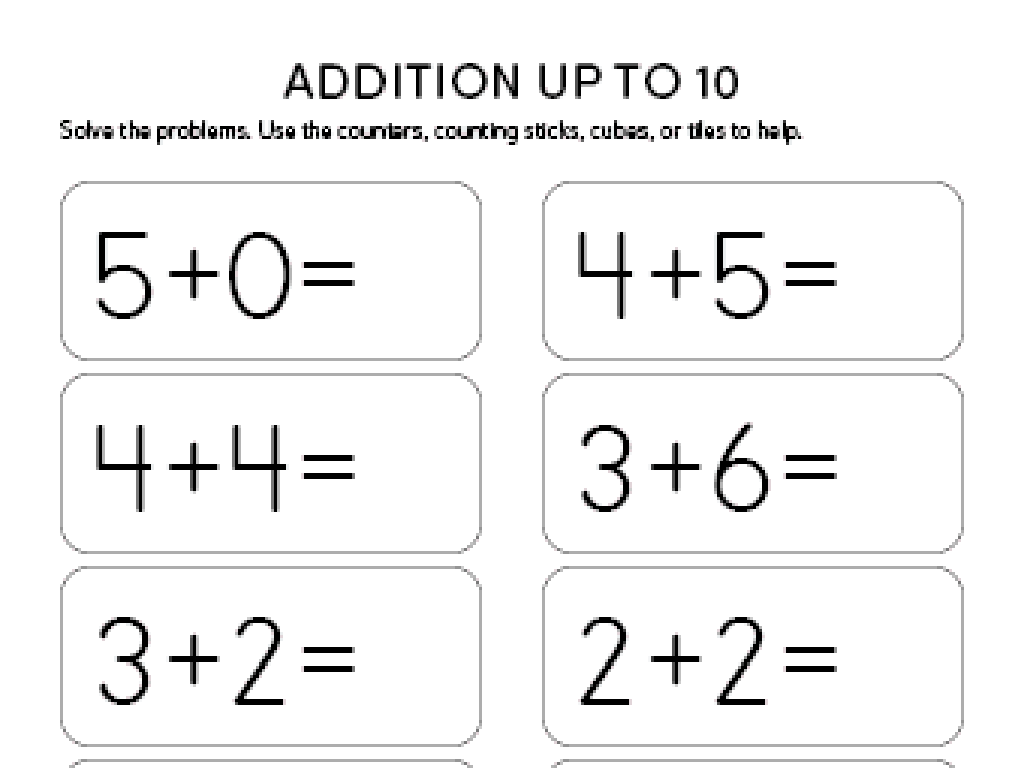What Percentage Is Illustrated?
Subject: Math
Grade: Seventh grade
Topic: Percents
Please LOG IN to download the presentation. Access is available to registered users only.
View More Content
Understanding Percentages in Daily Life
– What are percents?
– A percent represents a part out of 100.
– Percents in everyday use
– Used in sales, statistics, and more.
– Interpreting illustrated percents
– How to read percentages in graphs and images.
– Activity: Find the percentage
|
This slide introduces students to the concept of percentages and their practical applications in daily life. Begin by explaining that a percent is a fraction of 100, which is a universal way to compare quantities. Illustrate with examples like discounts during shopping, statistics in sports, or nutrition labels. Then, focus on interpreting percentages shown in visual formats such as pie charts or bar graphs. For the class activity, provide various illustrations with different percentages and ask students to determine the percentage represented. This will help them visualize and understand the concept of percentages more concretely. Encourage participation and assist students who may find it challenging to interpret the illustrations.
Understanding Percents
– Percent means ‘per hundred’
– A percent represents a part out of 100
– Percents as fractions and decimals
– 50% is 1/2 or 0.5 in decimal form
– Real-world percent examples
– Discounts, interest rates, and statistics
– Calculating percentages
– Use the formula: (part/whole) x 100%
|
This slide introduces the concept of percent to seventh graders, starting with its definition as ‘per hundred’. It’s crucial to show that percents are another way to express fractions and decimals, making them more relatable and easier to understand. Provide everyday examples where percentages are used, such as in stores for discounts, in banks for interest rates, or in reports for statistical data. Teach students the basic percentage calculation formula and encourage them to practice with real-life scenarios to solidify their understanding. This foundational knowledge will be essential for their future math studies and practical life applications.
Visualizing Percentages with Grids
– 100-square grid explanation
– A grid with 100 squares helps visualize percents as parts of 100.
– Color parts to show percentages
– If 25 squares are colored, it represents 25% of the grid.
– Convert fractions to percents
– A fraction like 1/4 of the grid is 25 out of 100 squares, or 25%.
– Convert decimals to percents
– Decimal 0.25 is 25 squares colored, showing 25% of the grid.
|
This slide introduces students to the concept of visualizing percentages using a 100-square grid. The grid serves as a visual aid to help students understand that percentages are parts of a whole, which is 100 in this case. By coloring in the squares, students can see the direct correlation between the number of squares colored and the percentage they represent. Converting fractions and decimals to percentages using the grid will help solidify their understanding of the relationship between these different representations of numbers. Encourage students to practice with different fractions and decimals to become comfortable with the conversion process.
Calculating Percentages
– Understanding the percentage formula
– The formula is: (Part/Whole) x 100%
– Examples: Calculating percent of a number
– If 25 is what percent of 100? (25/100) x 100% = 25%
– Engage with practice problems
– Solve percentage problems together as a class
– Discuss solutions and strategies
– Review problem-solving techniques and clarify doubts
|
This slide introduces the concept of calculating percentages, a fundamental skill in mathematics and everyday life. Begin by explaining the percentage formula and ensure students understand the terms ‘part’ and ‘whole.’ Use clear examples to demonstrate how to find the percentage of a number. Provide practice problems for the class to solve, fostering a collaborative learning environment. As students work through the problems, circulate the room to offer guidance and support. Conclude by discussing the solutions as a class, highlighting effective strategies and addressing any misconceptions. This interactive approach helps solidify students’ understanding of percentages.
Real-life Percentages
– Percentages in shopping discounts
– Calculate savings from discounts during sales, e.g., 20% off $50
– Statistics in news articles
– Evaluate claims in news, like ‘60% of people prefer…’
– Reading graphs and charts
– Understand pie charts or bar graphs showing percentage distributions
– Interpreting data with percentages
– Use percentages to make sense of numerical data in various contexts
|
This slide aims to show students the practical applications of percentages in everyday life. When shopping, percentages are often used to represent discounts, allowing consumers to calculate their savings. In the news, statistics are frequently presented as percentages to summarize information about populations or preferences. Graphs and charts use percentages to visually represent data, making it easier to interpret. Encourage students to bring in examples of percentages they encounter, such as sale advertisements or news snippets, and discuss how to understand and calculate the percentages presented. This will help them see the relevance of math in their daily lives and improve their data literacy.
Interpreting Illustrated Percentages
– Read data from pie charts
– Identify the size of each slice to determine percentages
– Understand percentage bar graphs
– Recognize how bars represent different percentages
– Class activity: Create illustrations
– Use colors or labels to show different percentages in your own chart
– Discussing the importance of percentages
|
This slide introduces students to the concept of interpreting percentages through visual illustrations such as pie charts and bar graphs. Students should learn how to read pie charts by comparing the size of the slices to the whole pie, understanding that each slice represents a portion of the data. For bar graphs, they should focus on how the height of each bar correlates with the percentage it represents. The class activity encourages students to apply their knowledge by creating their own percentage illustrations, which can be a pie chart, bar graph, or another creative representation. This hands-on activity will help solidify their understanding of percentages in a practical way. Provide guidance on how to divide a whole into parts and label them accurately. Encourage creativity and ensure that students understand the relevance of percentages in everyday life, such as in statistics, sales, and data analysis.
Class Activity: Percentage Scavenger Hunt
– Search for percentage examples
– Calculate percentages from data
– Use data sets provided to determine various percentages
– Present findings to the class
– Reflect on percentage usage
– Discuss how percentages appear in everyday life and their importance
|
This interactive class activity is designed to engage students with the concept of percentages in a fun and practical way. Students will look around the classroom to find real-life examples of percentages, such as on posters or in textbooks. Provide data sets for students to practice calculating percentages. After the scavenger hunt, students will present their findings, explaining how they calculated the percentages. Encourage them to reflect on the prevalence of percentages in daily life and why understanding them is essential. Possible activities: 1) Finding percentage discounts on classroom items, 2) Calculating the percentage of students who prefer different book genres, 3) Determining the percentage of windows vs. walls in the classroom, 4) Figuring out the percentage of students wearing a certain color, 5) Computing the percentage of a certain letter’s occurrence in a page of text.
Wrapping Up: Percentages & Homework
– Recap on percentage concepts
– Review of how to calculate and interpret percentages in various contexts.
– Homework: Percentage worksheet
– Complete the provided worksheet to apply what you’ve learned today.
– Practice is key to mastery
– Consistent practice will help solidify your understanding of percentages.
– Bring questions next class
|
As we conclude today’s lesson, ensure students have a clear understanding of the percentage concepts covered. The homework is designed to reinforce these concepts through practical application. Encourage students to complete the worksheet and remind them that practicing these skills is crucial for mastery. Let them know that they should come to the next class prepared to discuss any questions they may have. This will help them feel more confident in their ability to work with percentages.






